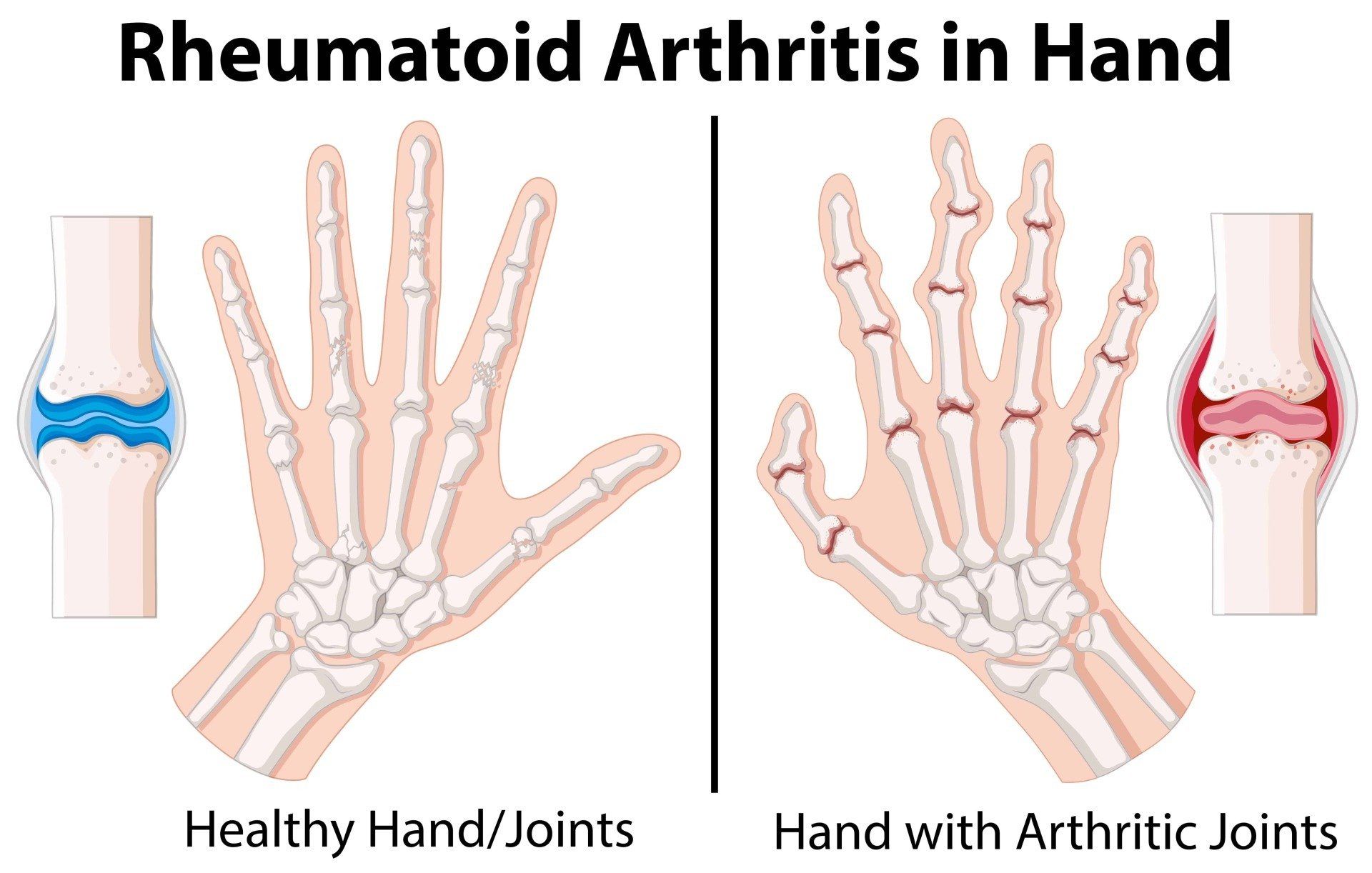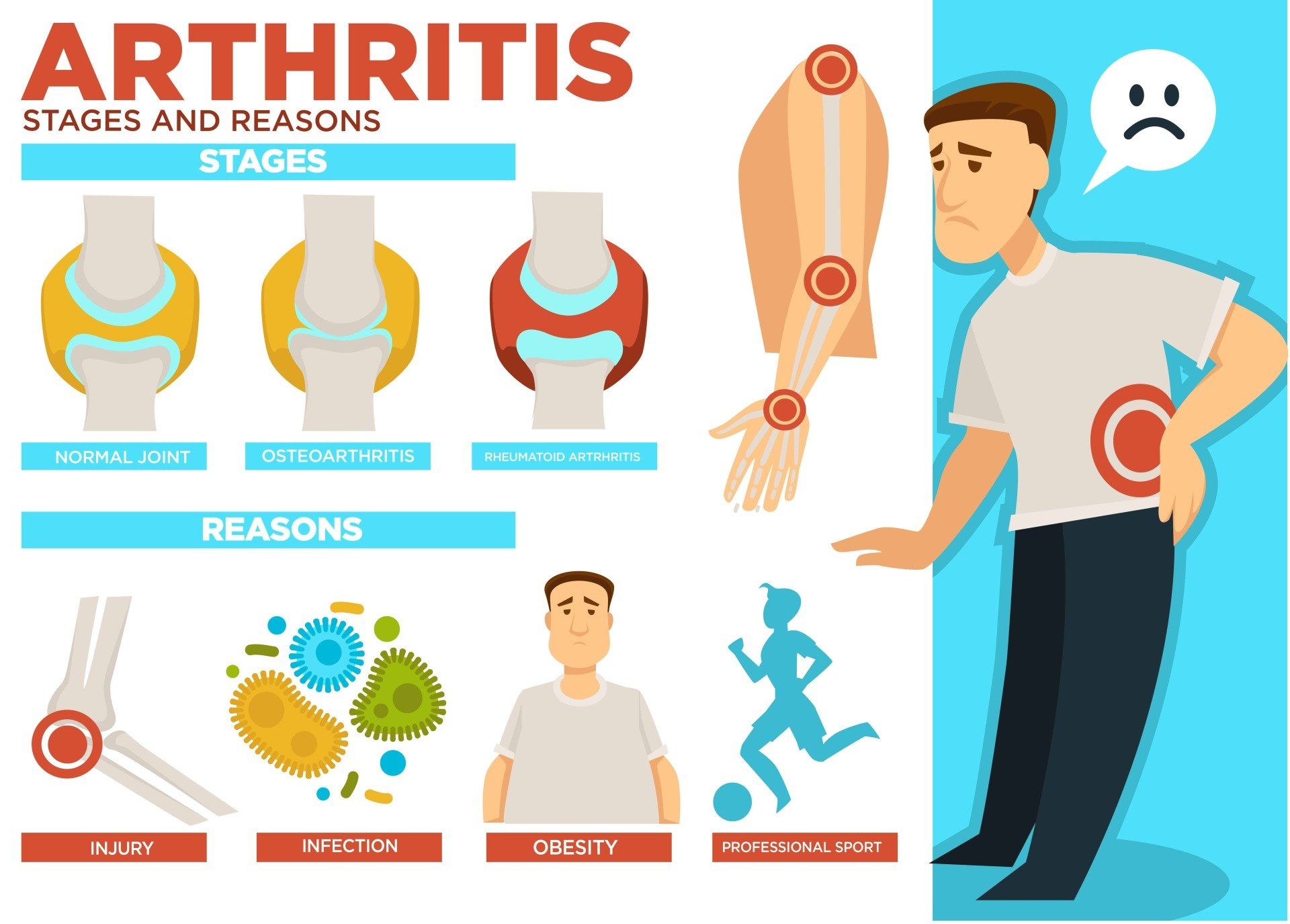Bone and Joint Diagnosis: How Doctors Identify Orthopaedic Problems
November 10, 2022
Diagnosing Bone & Joints Disorders: Types, Symptoms And Treatment
According to the World Health Organization, musculoskeletal conditions, including various arthritis types and bone and joint disorders, are the leading causes of disability worldwide. The Global Burden of Disease study estimates that 20% up to a high of 33% of people around the world suffer from a musculoskeletal condition.
Types of Bone And Joints Disorders And Symptoms
Musculoskeletal diseases affect bones, joints, and muscles. Some of the most common are the following:
- Osteoarthritis. Also termed, “Degenerative Joint Disease,” this condition is the most common type of arthritis. It is more prevalent among older adults, ith risks of developing the disease increasing with age. It normally affects just one joint that bears your body weight, the most common of which is arthritis in knee . It rarely causes pain in multiple joints . In most cases of multiple joint arthritis, a previous injury is involved.Wear and tear, overuse, injury, obesity, hereditary and associated diseases, all contribute to osteoarthritis. Symptoms include instability in movement, such as in the case of osteoarthritis in knee where loss of balance becomes noticeable. When the disease affects the hands and fingers, osteoarthritis symptoms include limited or painful clenching and other movements involving joints in these areas may be observed.
- Rheumatoid Arthritis. It is a type of arthritis that is a chronic, auto-immune disease where the body’s immune response mistakenly attacks the lining of the joints, called synovium. Arthritis symptoms on the wrists, hands, and feet are experienced. Over time, as the condition gets worse and damage to the bone and cartilage occurs, joints may shift out of place. This disease may also affect other organs and tissues of the body, including blood vessels, skin, lungs, heart and kidneys.The condition is usually marked by chronic stiffness, pain, and swelling of the joints, including hip joint problem symptoms. Flare-ups may occur from time-to-time. Risk factors include obesity, family history, smoking, and exposure to certain chemicals, including asbestos.

- Osteoporosis: This disease affecting the bones is characterised by loss of bone mass and density. It is the most common metabolic bone disease with a particularly high prevalence observed among women over the age of 50.
- Osteonecrosis: This disease involves the gradual death of bone cells caused by poor blood flow to the affected bone. Over time, the bone collapses which, in turn, may result in osteoarthritis of adjacent or nearby joints. Risk factors include history of injury, trauma, or stress on the affected area, prolonged use of corticosteroids, lupus, blood disorders, and excessive alcohol intake.
- Bone Marrow Disease: This disease is brought about by irregularities in stem cell production and development. Diseases of the bone marrow include:
- Leukaemia. In this condition, the bone marrow develops abnormal white blood cells.
- Aplastic anaemia. This is a condition characterised by the inability of the bone marrow to produce one or all cell types that includes white blood cells, red blood cells, and platelets.
- Multiple myeloma. It is also known as cancer of plasma cells. Abnormalities that develop lead to associated diseases involving low blood counts, disorders involving calcium and bone loss which can cause bone problems in knee , among other infections and kidney problems.
There are several other disorders affecting the bone and joints, such as herniated discs, Metatarsalgia, Polymyalgia rheumatica, and Paget Disease Of Bone. In all cases, early diagnosis is the key to prevent further damage. Seeking treatment as early as possible helps improve continued productivity, ease of movement, and minimise life-long damage.
Treatment
Treatment begins with a correct diagnosis. When diagnosing diseases affecting the bones and joints, doctors make use of several procedures. One of the most powerful tools is an MRI scan. An MRI scan of the bone and joints can help confirm a knee joint gap problem, inflammation, abnormalities, tumour, and the extent of damage, among others.
Physicians often recommend a combination of interventions that are aimed to help reduce pain and discomfort, slow down or minimise damage, and improve mobility and range of motion. A treatment program that addresses bone and joint disorders typically include the following.
Physicians often recommend a combination of interventions that are aimed to help reduce pain and discomfort, slow down or minimise damage, and improve mobility and range of motion. A treatment program that addresses bone and joint disorders typically include the following.
- Medications. Taking over-the-counter pain medications can help alleviate mild to moderate pain. More severe pain may be addressed by prescription-only drugs. Direct injections on the inflamed area, such as in osteoarthritis treatment , may be done to help reduce pain or increase lubrication.
- Rest and Therapy. Resting the hip, knees, elbows, shoulders or hands can help induce faster relief. Learning low-impact exercises for bone problems in foot and other parts of the body may also relieve tension and strengthen bones, joints, muscles, and other surrounding tissues to promote enhanced stability and range of motion.
- Surgery. When all else fails, surgery will be considered. The range of options include removing dead parts of the bone as is done in osteonecrosis, bone grafting, and bone and joint replacement.
PAA:
What exactly is arthritis?

It is a family of disorders that cause inflammation of the joints. The most prevalent forms include osteoarthritis, rheumatoid arthritis, and gout.
What are some common diseases of the joints?
Joint problem in knee or other parts of the body may be caused by any of the diseases mentioned above, the most common being arthritis. The most common types of arthritis are osteoarthritis, rheumatoid arthritis, and gout.
Which disease affects joints in the human body?
Auto-immune diseases such as lupus, Lyme disease, and bone cancer can cause pain and damage to the joints.
What is the difference between osteoarthritis and degenerative joint disease?
Both terms are used to refer to the same condition affecting one or, in rare cases, multiple joints.
What causes joint pain?
Joint pain may be caused by arthritis and any of the disorders mentioned here. It may also be caused by an injury, overuse, and old age. A family history of chronic joint pain and related diseases may also increase a person’s risk factor.
What are the 5 worst foods to eat if you have arthritis?
Sugar, processed and fatty foods, alcohol, salty foods and condiments, and refined carbs can all trigger flare-ups and worsen symptoms.
References:
World Health Organization. Musculoskeletal conditions. Link:
https://www.who.int/news-room/fact-sheets/detail/musculoskeletal-conditions
James SL, Abate D, Abate KH, et al. Global, regional, and national incidence, prevalence, and years lived with disability for 354 diseases and injuries for 195 countries and territories, 1990-2017: a systematic analysis for the Global Burden of Disease Study 2017. Lancet 2018; 392: 1789-858. Link:
https://www.thelancet.com/journals/lancet/article/PIIS0140-6736(18)32279-7/fulltext
Access Date: 8 Jun 2020
Manek N, MD, and Lane N, MD. Osteoarthritis: Current Concepts In Diagnosis And Management. Am Fam Physician . 2000 Mar 15;61(6):1795-1804 . Link:
https://www.aafp.org/afp/2000/0315/p1795.html
Access Date: 8 Jun 2020
American Cancer Society. What Is Multiple Myeloma?
Link:
https://www.cancer.org/cancer/multiple-myeloma/about/what-is-multiple-myeloma.html
Access Date: 8 Jun 2020









